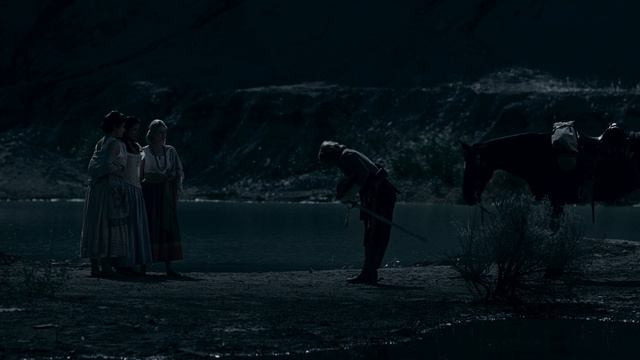Kamikaze | Wikipedia audio article
Описание
This is an audio version of the Wikipedia Article:
https://en.wikipedia.org/wiki/Kamikaze
00:02:54 1 Definition and etymology
00:04:56 2 History
00:05:05 2.1 Background
00:09:09 2.2 Beginnings
00:13:00 2.3 First unit
00:14:54 2.4 Leyte Gulf: the first attacks
00:18:01 2.5 Main wave of attacks
00:21:30 2.6 Allied defensive tactics
00:24:35 2.7 Final phase
00:29:35 3 Effects
00:34:16 4 Recruitment
00:37:21 5 Training
00:40:22 6 Cultural background
00:47:42 7 Quotations
00:50:28 8 Film
00:52:05 9 See also
Listening is a more natural way of learning, when compared to reading. Written language only began at around 3200 BC, but spoken language has existed long ago.
Learning by listening is a great way to:
- increases imagination and understanding
- improves your listening skills
- improves your own spoken accent
- learn while on the move
- reduce eye strain
Now learn the vast amount of general knowledge available on Wikipedia through audio (audio article). You could even learn subconsciously by playing the audio while you are sleeping! If you are planning to listen a lot, you could try using a bone conduction headphone, or a standard speaker instead of an earphone.
Listen on Google Assistant through Extra Audio:
https://assistant.google.com/services/invoke/uid/0000001a130b3f91
Other Wikipedia audio articles at:
https://www.youtube.com/results?search_query=wikipedia+tts
Upload your own Wikipedia articles through:
https://github.com/nodef/wikipedia-tts
Speaking Rate: 0.8787159598038926
Voice name: en-US-Wavenet-D
"I cannot teach anybody anything, I can only make them think."
- Socrates
SUMMARY
=======
Kamikaze (神風, [kamiꜜkaze]; "divine wind" or "spirit wind"), officially Tokubetsu Kōgekitai (特別攻撃隊, "Special Attack Unit"), were a part of the Japanese Special Attack Units of military aviators who initiated suicide attacks for the Empire of Japan against Allied naval vessels in the closing stages of the Pacific campaign of World War II, designed to destroy warships more effectively than possible with conventional air attacks. About 3,800 kamikaze pilots died during the war, and more than 7,000 naval personnel were killed by kamikaze attacks.Kamikaze aircraft were essentially pilot-guided explosive missiles, purpose-built or converted from conventional aircraft. Pilots would attempt to crash their aircraft into enemy ships in what was called a "body attack" (tai-atari) in planes laden with some combination of explosives, bombs, and torpedoes. Accuracy was much higher than that of conventional attacks, and the payload and explosion larger; about 19% of kamikaze attacks were successful. A kamikaze could sustain damage that would disable a conventional attacker and still achieve its objective. The goal of crippling or destroying large numbers of Allied ships, particularly aircraft carriers, was considered by the Empire of Japan to be a just reason for sacrificing pilots and aircraft.
These attacks, which began in October 1944, followed several critical military defeats for the Japanese. They had long since lost aerial dominance as a result of having outdated aircraft and enduring the loss of experienced pilots. Japan suffered from a diminishing capacity for war and a rapidly declining industrial capacity relative to that of the Allies. Japan was also losing pilots faster than it could train their replacements. These combined factors, along with Japan's unwillingness to surrender, led to the use of kamikaze tactics as Allied forces advanced towards the Japanese home islands.
While the term kamikaze usually refers to the aerial strikes, it has also been applied to various other suicide attacks. The Japanese military also used or made plans for non-aerial Japanese Special Attack Units, including those involving submarines, human torpedoes, speedboats and divers.
The tradition of death instead of defeat, capture and shame was deeply entrenched in Japanese military culture. One of the primary traditions in the samurai life and the Bushido code was loyalty and honor until death.
Рекомендуемые видео




















